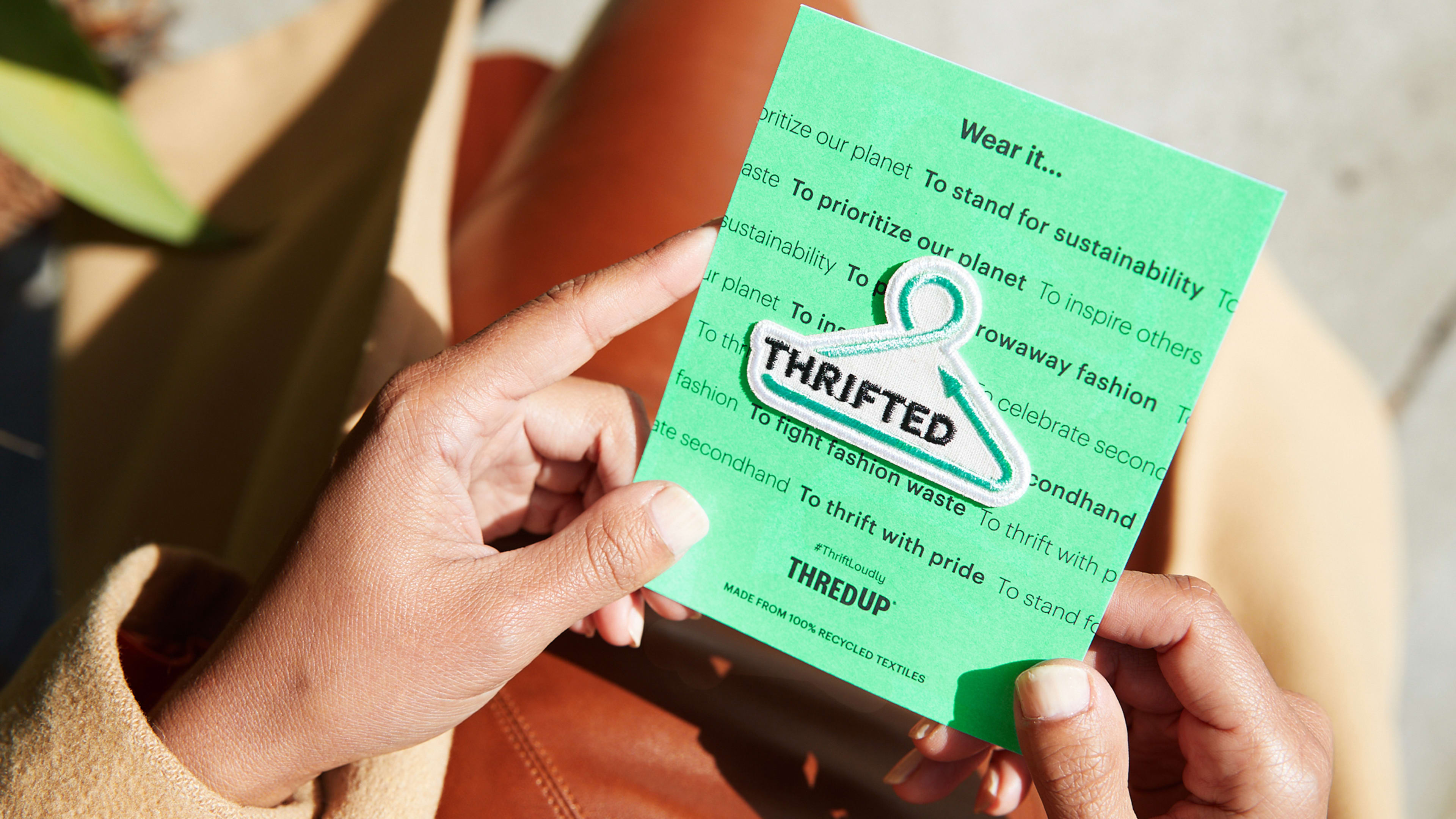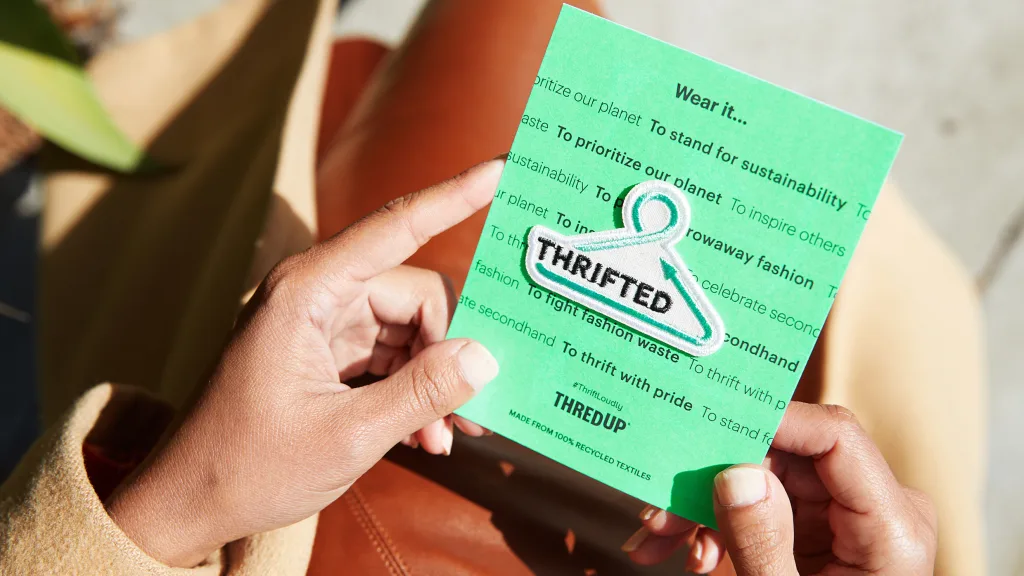Christian Siriano is known for his colorful, tulle-covered red carpet confections. But his latest creation isn’t a garment at all; it’s a logo.
Siriano has partnered with the online resale marketplace ThredUp to design what it hopes will become a universal logo for secondhand clothing. The simple clothes hanger has a little arrow in one corner, reminiscent of the recycle symbol. In some iterations, it also includes the word “thrifted.” “During the design process, we explored traditional fashion icons along with familiar symbols of reuse and evolved them to reflect a future where clothes are reused and not wasted,” Siriano says.
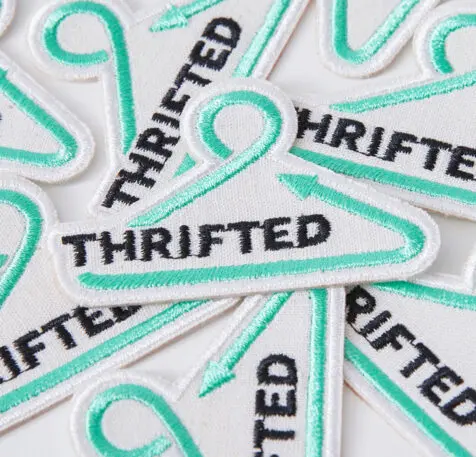
To celebrate the launch of the logo, ThredUp has created iron-on patches made from recycled fabrics that customers and resellers can buy to attach to clothes and accessories. But over time, they hope secondhand retailers will include the symbol in clothing tags and online; ThredUp has made the symbol available for other companies to use for free. “Until now, the sustainable movement of thrifting was invisible,” says Karen Clark, VP of marketing communications at ThredUp.
Clark says thrift store chain Crossroads has already shown interest in incorporating the logo into its stores, and they hope to announce more partnerships in the future. “It was very important that the logo be brand agnostic,” Clark says. “This is not a logo for ThredUp but for the entire thrifting industry. Our hope is that it will inspire other resellers, brands, and designers to get creative about sustainable fashion.”
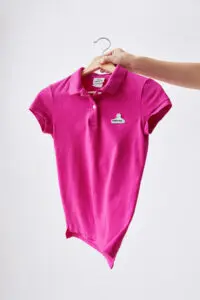
In its own research, ThredUp found that two-thirds of consumers say they’re proud of buying used clothes because it’s better for the planet. There are now dozens of startups devoted to selling secondhand items online, and ThredUp has become a big player in this space, processing more than 100 million secondhand items over the last decade. At the current pace of growth, the secondhand market is projected to be worth $80 billion by 2029, double the size of the fast fashion sector.
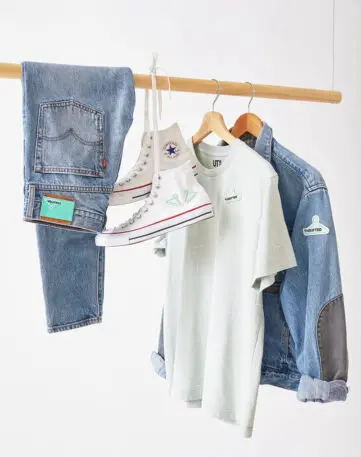
As ThredUp set out to create a logo, it reached out to Siriano, who’s known as a designer with progressive values. He’s championed size inclusivity, pivoted to making masks at the start of the pandemic, and created a “vote” dress to encourage turnout in the November 2020 election. Siriano, who says he’s always loved thrifting, was intrigued. “I was excited to create a symbol that could spark conversation and invite more people to join the thrifting movement,” he says.

For now, it’s unclear whether this new symbol will take off. While the “recycle” logo has a distinct purpose to help consumers identify whether an item is recyclable, this thrifting logo is designed entirely for self-expression. Some consumers may want to wear the symbol; others may not. When it comes to luxury goods, adding a tag such as this could cause the value to depreciate. But ThredUp believes that consumers who do wear the logo to signal their sustainable chops will help push the thrifting movement forward. “We wanted to empower the new generation of thrifters to share their choices with the world and inspire others to embrace sustainable fashion as well,” Clark says.
Recognize your brand’s excellence by applying to this year’s Brands That Matter Awards before the early-rate deadline, May 3.
